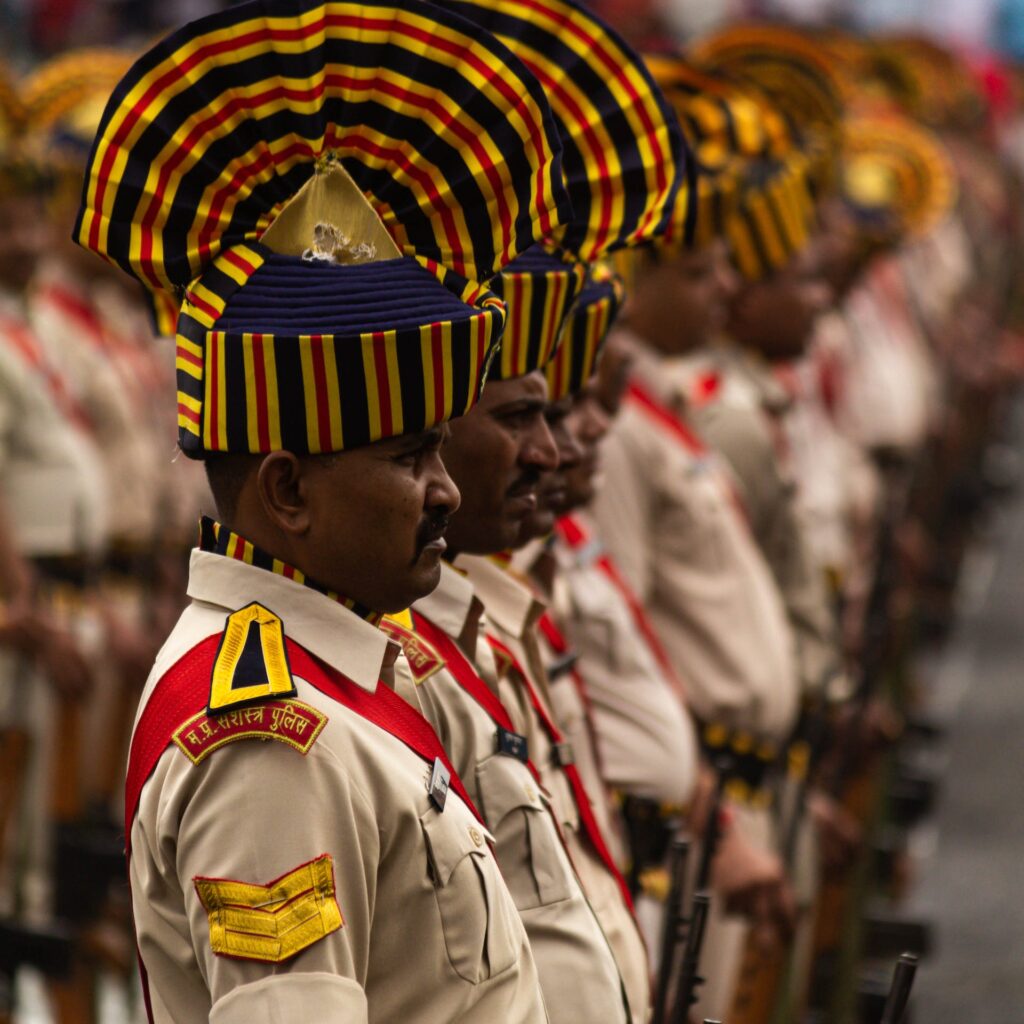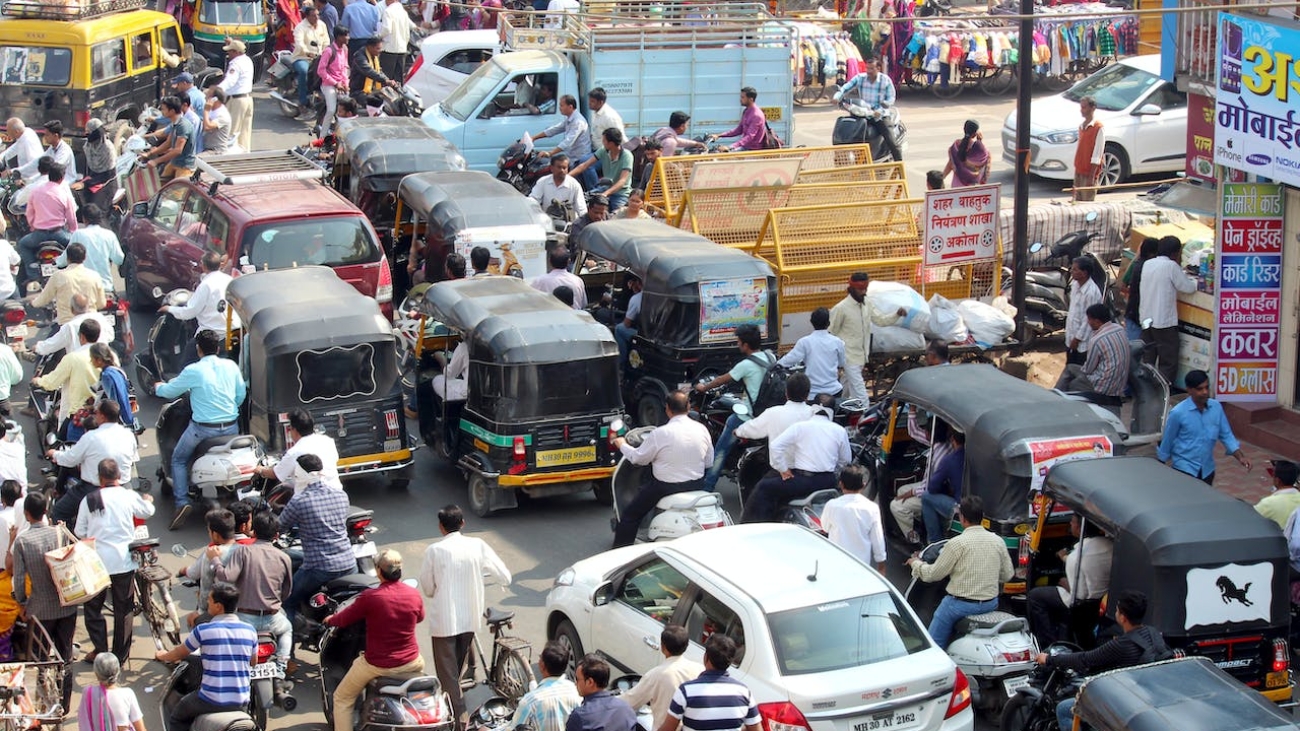India’s population is not just large; it’s colossal. To truly grasp the magnitude of India’s demographics, let’s delve into per capita data and make detailed comparisons with countries, Indian states, and cities. We’ll analyze various key factors, shedding light on where India stands compared to other nations and exploring the implications for its future.
Population Ranks
India’s population is massive, with over 1.3 billion people. When compared to other countries, India is unparalleled. Consider the following figures:
- Brazil – 215 million
- Bangladesh – 171 million
- Russia – 144 million
- Mexico – 127 million
Indian States vs. Countries
India’s largest states alone can rival entire countries in population:
- Uttar Pradesh (UP) – 199 million
- Maharashtra – 112 million
- Bihar – 104 million
- West Bengal – 91 million
- Madhya Pradesh (MP) – 72 million
Comparatively, Afghanistan (41 million), Poland (39 million), Canada (38 million), Saudi Arabia (36 million), and Peru (34 million) are countries whose populations are comparable to some Indian states.
India’s states can be as populous as entire nations, showcasing its exceptional diversity.
Major Cities and Countries
India’s cities are bustling with people, and when compared to other nations, they still hold their own:
- Mumbai – 12 million
- Delhi – 11 million
- Bangalore – 8 million
- Hyderabad – 6.9 million
- Ahmedabad – 5.5 million
Even India’s largest cities are on par with, or surpass, the populations of several countries:
- Belgium – 11.6 million
- Sweden – 10.5 million
- Portugal – 10.2 million
- Switzerland – 8.7 million
- Bulgaria – 6.7 million
- Denmark – 5.8 million
- Norway – 5.4 million
- Ireland – 5.0 million
India’s population is nothing short of a global phenomenon. Its vastness, diversity, and sheer numbers make it a unique entity in the world. The comparisons with other countries, states, and cities underscore the complexity and scale of India’s demographic landscape.
India’s extraordinary diversity and population dynamics call for tailored policies and innovative solutions to harness its vast potential while addressing its unique challenges. Understanding the intricacies of India’s demographics is crucial for informed decision-making and the development of a brighter and more sustainable future for this remarkable nation.
India’s Production and Consumption
Now that we’ve established the context, let’s explore how India fares in various global rankings based on per capita data.
Armed Personnel: A Measure of National Security
India, with its immense population, ranks 97th globally when it comes to the number of armed personnel per 1000 people. The data reveals that India has approximately 4 armed personnel for every 1000 citizens. While this number is not insignificant, it pales in comparison to countries like South Korea, where 130 individuals out of every 1000 serve in the armed forces. Finland and Singapore follow closely with 52, while Switzerland and Portugal maintain a ratio of 26.
India’s defense personnel-to-population ratio is notably lower than several other nations. This highlights a need for potential improvements in national security.

Photo by Devansh Bose: https://www.pexels.com/photo/soldiers-on-the-independence-day-parade-sagar-madhya-pradesh-india-13282252/
Parliamentary Representation: The Voice of the People
India’s parliamentary representation is a unique facet of its democracy. On average, one member of the Indian parliament represents a staggering 1.5 million citizens. This contrasts significantly with other countries such as Brazil, where each parliament member represents 353,000 people, Mexico with 191,000, and the UAE with 140,000.
India’s parliamentary representation is remarkably lower than that of many countries, emphasizing the potential for increased political engagement.
Healthcare: The Doctor-Patient Ratio
In the realm of healthcare, India faces challenges in terms of the doctor-patient ratio. The country has 0.7 doctors for every 1000 people, which is considerably lower compared to nations like Cuba with 8.4, Greece with 6.3, and Portugal with 5.5 doctors per 1000 people. The number of doctors per capita is a critical factor in determining the quality and accessibility of healthcare services within a nation.
India’s shortage of doctors per capita is a significant concern, highlighting the need for substantial improvements in healthcare services to cater to its vast population.
Oil Consumption: A Measure of Lifestyle and Industry
Oil consumption per capita is an illuminating metric that reflects both the standard of living and industrial activity in a nation. India consumes 50.9 gallons of oil per capita annually. While this is not an insignificant figure, it pales in comparison to countries like Singapore, where individuals consume 3642 gallons, the UAE with 1527 gallons, Canada at 1055 gallons, and the USA with 922 gallons per capita.
India’s relatively modest oil consumption suggests room for development and potential industrial growth to match its burgeoning population.
Household Demographics: A Window into Social Structures
The percentage of single-person households in India stands at just 4.1%, underscoring the importance of extended families and community living. This statistic stands in stark contrast to countries like Finland with 41% single-person households, South Korea and Sweden at 40%, Japan and Switzerland at 37%.
India’s strong emphasis on community living and extended families differs markedly from countries where single-person households are more prevalent.
In summary, India’s per capita data reveals a fascinating interplay between its colossal population and various key indicators. While India stands as a demographic giant, it faces distinct challenges in terms of defense personnel, parliamentary representation, healthcare, and oil consumption. These challenges also come with opportunities for growth and improvement.
India’s unique emphasis on community living and extended families, as evidenced by its low rate of single-person households, is a cultural hallmark. The data, when viewed in context, highlights the need for India to adapt its policies and strategies to cater to its vast and diverse population effectively.
As India continues to develop and evolve, harnessing its potential while addressing its challenges will be crucial for the nation’s progress. This comparative analysis serves as a roadmap for informed decision-making and the formulation of policies that reflect the complex dynamics of a country where population numbers are, quite simply, in a league of their own.


Leave A Comment